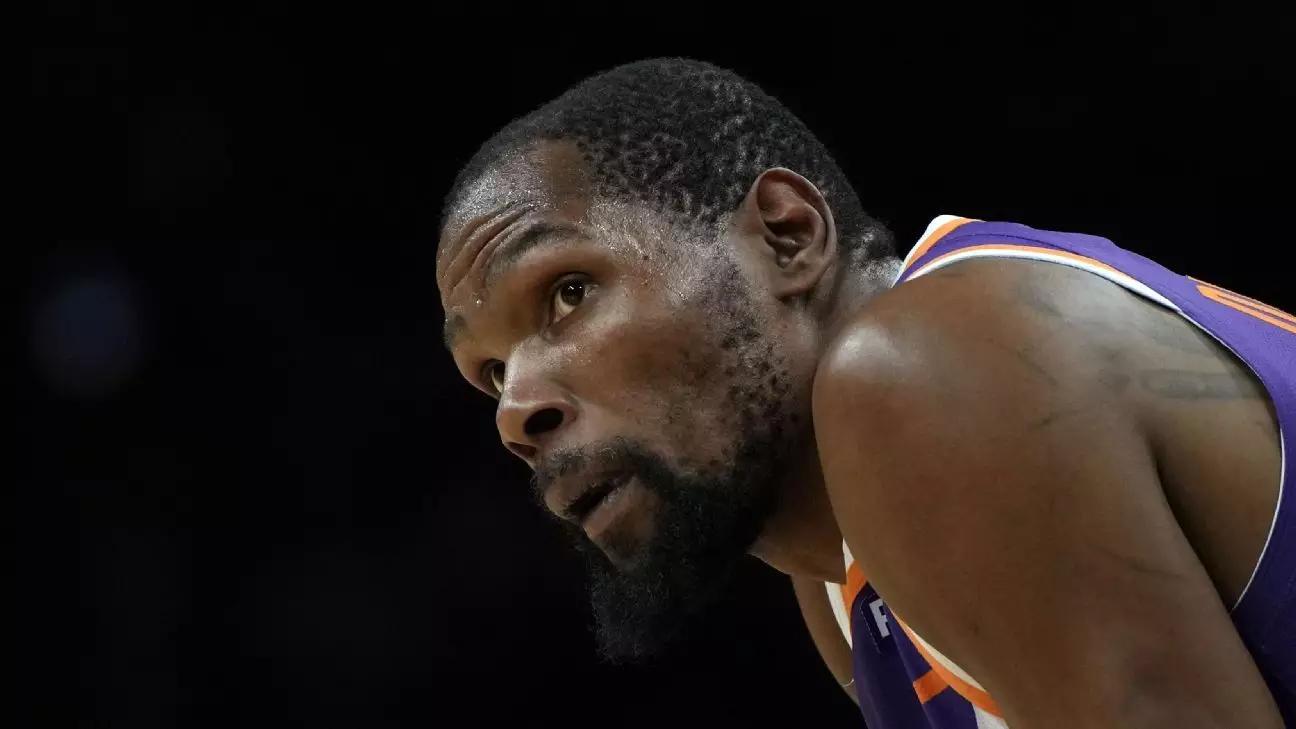The recent flurry of NBA trades culminated in an extraordinary event: the first-ever seven-team mega-deal, a complex web of transactions that redefined the league’s landscape. Unlike anything seen before, this multi-faceted trade involved a significant rearrangement of stars, draft picks, and strategic assets among some of the league’s most prominent franchises. At its core was the blockbuster move of Kevin Durant from the Phoenix Suns to Houston Rockets, an acquisition that sent shockwaves through the NBA and heralded a new era of collaborative, multi-team transactions.
This unprecedented arrangement underlined the league’s evolving approach to team-building. By integrating seven different organizations—Houston Rockets, Atlanta Hawks, Brooklyn Nets, Golden State Warriors, Los Angeles Lakers, Minnesota Timberwolves, and Phoenix Suns—the trade broke away from more traditional one-on-one or two-team deals. It showcased how teams are increasingly opting for creative, large-scale collaborations to secure their competitive futures, even if it complicates the logistical process. The transaction not only involved star-level players but also included draft capital, cash considerations, and strategic swaps, marking a new frontier for how franchises operate within the league’s structure.
The Strategic Layers Behind the Big Move
What makes this trade particularly intriguing is the intricate layering of motivations. For the Suns, offloading Durant became both a necessity and an opportunity. The deal’s timing — right at the conclusion of the NBA Finals and just as the league’s moratorium lifted — enabled Phoenix to finesse salary cap requirements, craft a draft-day strategy, and reposition themselves for upcoming seasons. The trade saw Phoenix receive a treasure trove of second-round picks, along with their first-round draft selection, which they subsequently used to bolster their roster with promising young talent.
Houston’s perspective was centered on strategic repositioning. Acquiring Durant, a future Hall of Famer, was not just about the immediate boost but about aligning their core to become formidable contenders. The Rockets also reinforced their frontcourt by re-signing Clint Capela, a seasoned center drafted in Houston back in 2014. This move signaled Houston’s intent to bolster its interior presence while leveraging the trade’s broader draft assets to build for the future.
Meanwhile, the other teams—Lakers, Timberwolves, Warriors, Hawks—engaged in their respective maneuvers, either acquiring players or draft picks to meet their organizational goals. It demonstrated a league-wide shift toward multi-party deals that extend beyond conventional trade boundaries, emphasizing flexibility, strategic diversity, and the importance of draft assets in contemporary team-building.
Impact on the League’s Power Dynamics and Future Outlook
The ripple effects of this multi-team deal extend far beyond the immediate roster changes. It signals a potential transformation in how franchises approach player movement, draft capital, and long-term planning. By orchestrating a deal of this magnitude, franchises demonstrate a willingness to trade short-term stability for strategic repositioning, embracing a more collaborative and complex approach to competitiveness.
This trade also subtly shifts the league’s power balance. Houston’s acquisition of Durant instantly elevates their championship aspirations, positioning them among the favorites in the Western Conference. For Phoenix, the move signifies a recalibration, perhaps focusing more on future flexibility and less on immediate contention. Other franchises see a blueprint for how to leverage multiple assets and strategic partnerships to maximize their upside.
Furthermore, this event could serve as a catalyst for increasingly large and intricate trades in future seasons. As teams recognize the benefits of multi-party arrangements, the NBA might witness a new trend where alliances form temporarily to achieve shared or individual goals. Such deals challenge the traditional perception of competitive balance, pushing the league toward a more fluid, multi-dimensional future where collaboration becomes as vital as competition.
In essence, the NBA’s historic seven-team trade is more than just a frenzy of player exchanges; it’s a blueprint for a more interconnected and dynamic league. By challenging conventions and embracing complexity, the league is setting the stage for a new era of strategic innovation—one where collaboration, flexibility, and vision reign supreme, promising a future as exciting and unpredictable as the game itself.


Leave a Reply